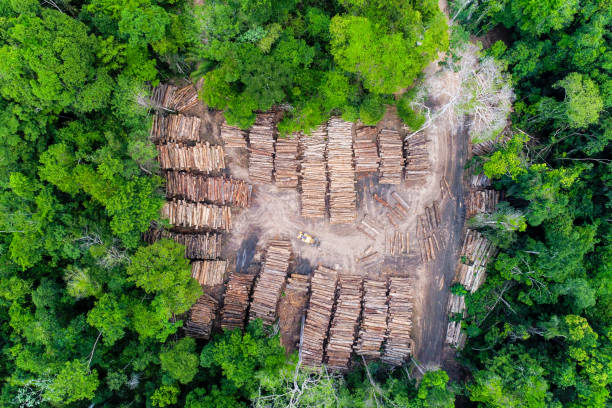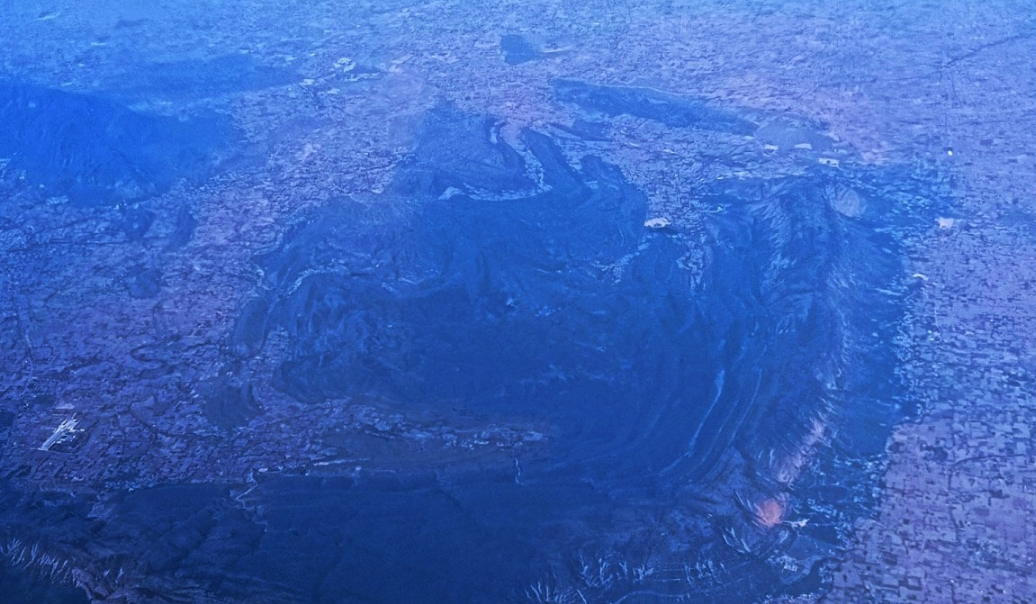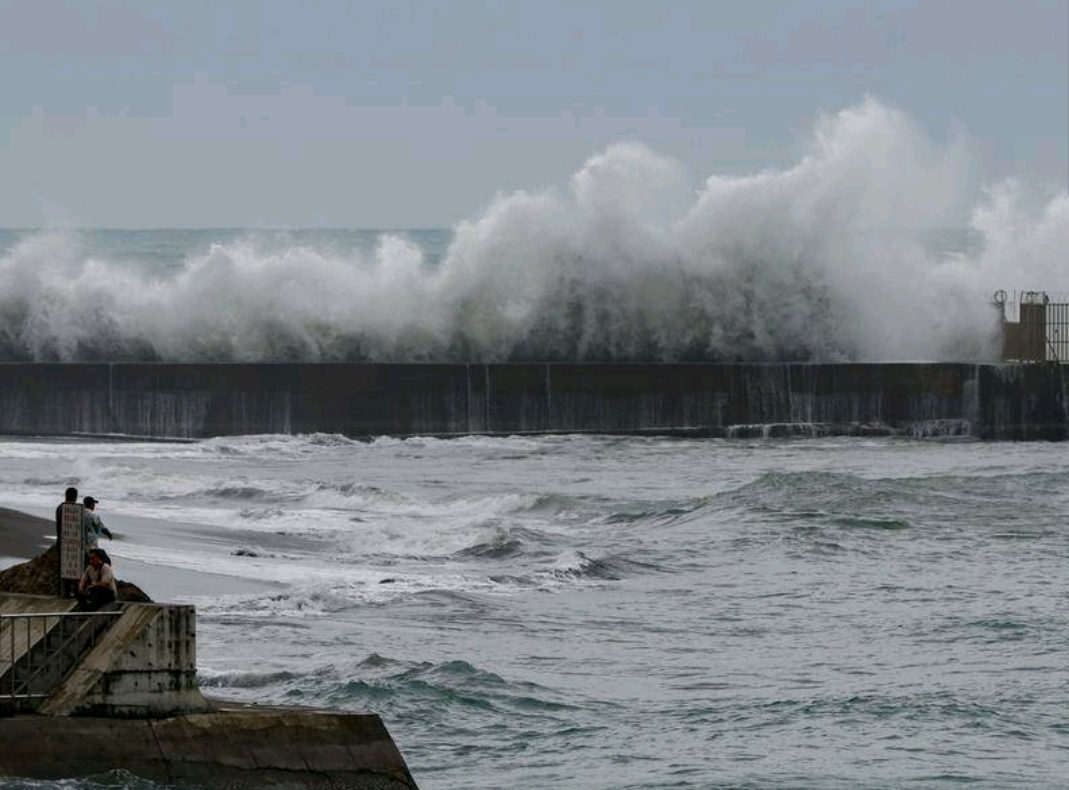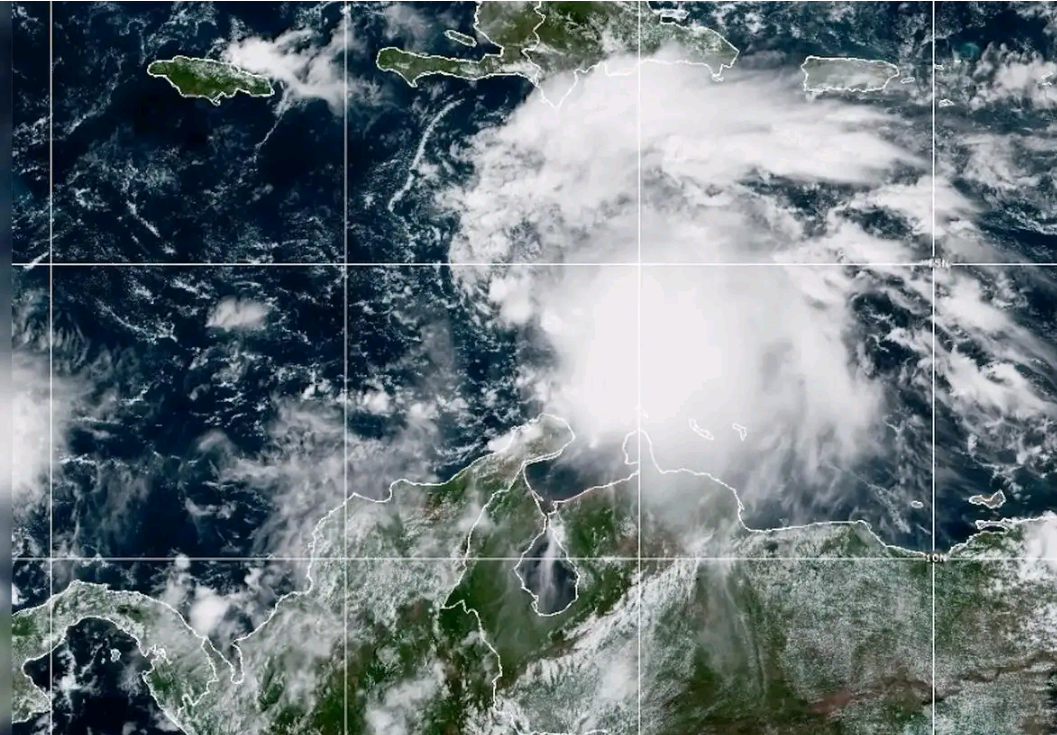By_Suraj Karowa
Published on: October 16, 2025

In a stark wake-up call for global environmental policy, the United Nations Environment Programme (UNEP) has released a groundbreaking report titled High-risk forests, high-value returns — Co-benefits assessment for decision-makers. The document reveals that 391 million hectares of tropical forests—equivalent to the landmass of the European Union—are under imminent threat of loss. These vital ecosystems support the livelihoods of at least 53 million people living nearby and play a pivotal role in combating climate change, regulating water cycles, and preserving biodiversity.
Tropical forests cover about 1.6 billion hectares worldwide, but the high-risk zones identified by UNEP combine high carbon storage, essential ecosystem services, and elevated deforestation probabilities. “Protecting these areas is not just about trees—it’s about securing human lives, economies, and the planet’s stability,” said UNEP Executive Director Inger Andersen in a statement accompanying the report.
The Human Stake: 53 Million Lives Intertwined with Forests. One in four people living near pantropical forests—approximately 53 million within 5 kilometers rely directly on these high-risk zones for their survival. Africa hosts the largest overall population near forests, but Asia-Pacific leads in proximity to the most vulnerable areas.

Source: Insert Picture satellite imagery via UNEP. Aerial view showing cleared patches of rainforest adjacent to intact green canopy, with logging roads visible.
These communities depend on forests for fuelwood (111 million tonnes annually), fruits, nuts, fibers, and medicinal plants. About 25 million materially poor individuals, including women and Indigenous Peoples, use these resources for energy, nutrition, and income. For instance, 10 million people derive their annual nutrition from forest-pollinated crops.
UNEP. The report emphasizes gender and cultural dimensions: Women often bear the burden of collecting fuelwood for cooking and heating, while Indigenous groups maintain traditional practices tied to these lands.
Climate Mitigation: A Gigatonne Opportunity Slipping Away
Between 1990 and 2019, tropical forests absorbed 13.1 giga tones of CO2-equivalent (Gt CO2 e) annually—half of global fossil fuel emissions. Protecting the 391 million hectares could secure 1 Gt CO2e in yearly emission reductions, aligning with Paris Agreement goals.
Yet, threats loom large. Over the past two decades, humanity has lost 10 million hectares annually—an area the size of South Korea—to agriculture, logging, infrastructure, and extraction. UNEP warns of tipping points: In the Amazon, 20-40% deforestation could trigger “flying rivers” failure, where moisture-carrying air currents collapse, reducing rainfall across South America and converting forests to savannah.
Water Security and Pollution Prevention at Risk
Forests recycle 10-14% of rainfall, sustaining rivers for human use, agriculture, and hydropower. The Amazon’s “flying rivers” transport moisture thousands of kilometers, feeding regions like the Andes and southern Brazil’s farmlands.
High-risk forests retain 2.3 million tonnes of nitrogen yearly—matching Canada’s fertilizer consumption—preventing algal blooms and water contamination. They also block 527 million tonnes of soil erosion, equivalent to 150,000 Olympic pools of sediment, protecting rivers, dams, and canals.
Disruption could jeopardize water for millions, exacerbate floods, and erode soil fertility.
Economic Safeguards: Billions in GDP Protected
Beyond ecology, these forests shield economies from natural disasters. By stabilizing soils and buffering storms, they prevent $81 billion in annual GDP losses from damaged infrastructure like roads, bridges, and farms.
For downstream nations, clean rivers mean unclogged reservoirs and reduced maintenance costs for irrigation and energy systems.
Before-and-after diagram showing forested slopes preventing landslides versus deforested areas with mudslides impacting villages.]
Biodiversity and Health Co-Benefits
These zones host irreplaceable biodiversity, supporting pollinators essential for crops. Nutrient pollution prevention averts health crises like fish kills and contaminated drinking water.
Calls to Action: Triple Investments Needed
UNEP urges immediate protection to avoid “abrupt ecological transitions.” Related reports echo the crisis: Anthropogenic fragmentation affected 80% of tropical forests in two decades, while global forest health is “off charts” with deforestation up 63%.
Funding gaps persist—forest finance needs tripling to meet 2030 goals, with less than 1% of climate aid reaching community land rights. Indigenous rights funding is rising but insufficient.
“Investing in these high-value forests yields returns in carbon, water, soil, and livelihoods,” the report concludes. Governments, donors, and corporations must prioritize conservation, sustainable management, and restoration.
As climate talks loom, this UNEP assessment underscores: Losing these forests isn’t just environmental—it’s a human and economic catastrophe in the making.
Discover more from AMERICA NEWS WORLD
Subscribe to get the latest posts sent to your email.
















Leave a Reply